‘Forest bathing’ at wild Bukit To’ Kun
The pristine hill close to town is cherished by Bukit Mertajam folks like a secret haven of nature and adventure untainted by ravages of modernity and time
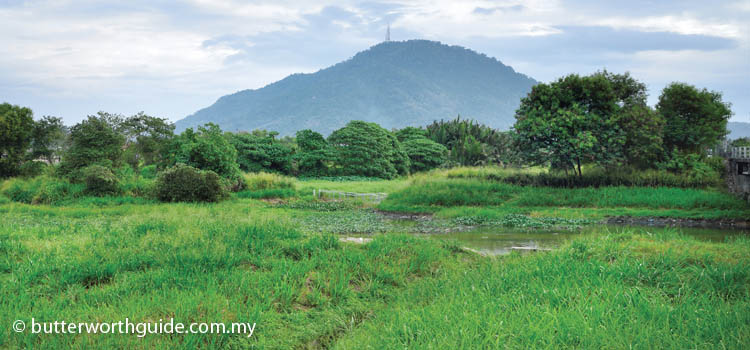
The hugest, most commanding physical site in Bukit Mertajam is surely the very hill after which the town is named. Rising bulbously above an otherwise almost flat landscape, Bukit To’ Kun is easily seen from great distances away - even on Penang island and various remote corners of Seberang Perai.
Also known informally to locals as just “Bukit Mertajam hill”, it presents itself as a natural milepost, with the tall metal pylons perched on its crest like a feathered headgear. The 545-metre hill pompously proclaims to all afar and nigh around that this here is where the grand old town of Bukit Mertajam lies.
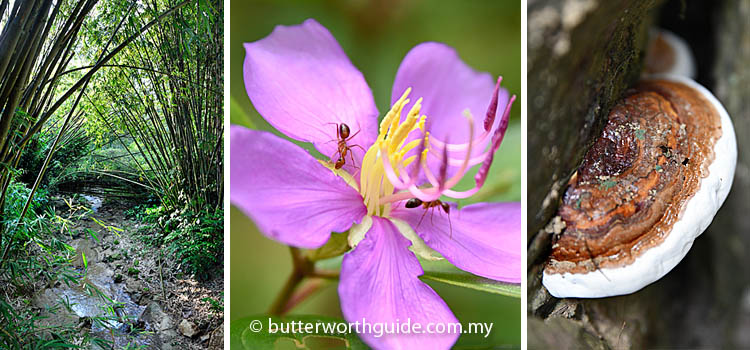
Unbeknownst to most outsiders, Bukit To’ Kun is also a permanent forest reserve covering some 162 hectares of pristine wooded terrain just six kilometres from the centre of town on its west. The wondrous old forest is home to multitudes of wild species and some adventurous trails as are rarely found in any jungle so closely accessible from a densely populated urban space.
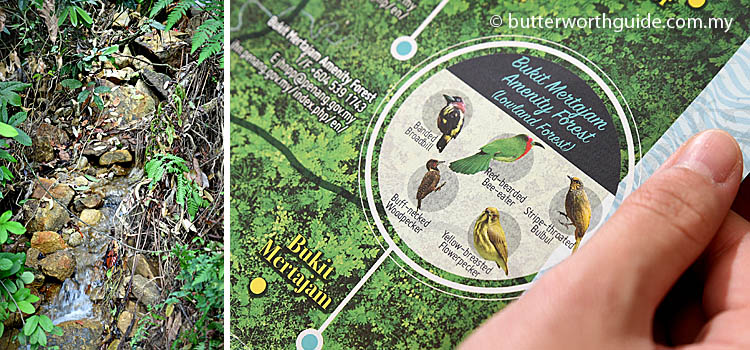
And besides offering fresh air, picnic spots and hiking routes, it also affords enchanting elevated viewpoints of the region’s landscape. Away from the town, on its eastern side, the hill faces a spectacular panorama of rice fields, villages, the sprawling Mengkuang dam and the great Titiwangsa mountain range on the horizon.
Indeed, there is an instant soothing effect felt in the atmosphere of the forest. It lends credence to the notion that one can actually indulge in “forest bathing” – a process of rinsing and revivifying the self by taking in the crisp untainted air and virgin green environs. For the denizens of Bukit Mertajam, Bukit To’ Kun offers just that.
The unique woodland, a sensitive water catchment, was gazetted as a protected reserve in the 1980s, with 37 hectares being marked as a recreational park. It is also home to a number of streams, waterfalls and abandoned orchards, many of which are difficult to access through dense jungle thicket.
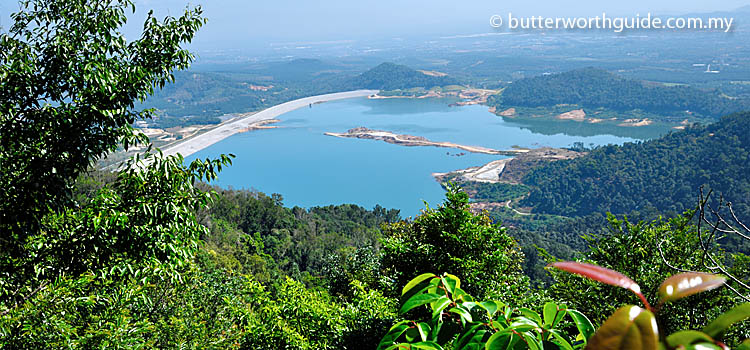
The earth here is rich with subterranean natural water. It is no wonder that the hill and its surroundings were chosen over the years to house not just the Mengkuang dam, but at least two other little-known reservoirs. Both were built around the Second World War, but have since been decommissioned. One of them, sited on the much smaller Bukit Seraya hill which is adjacently connected to Bukit To’ Kun, has become encircled by the forest’s relentless growth.
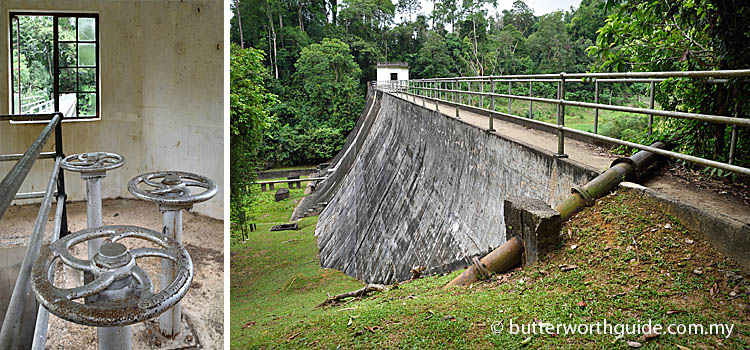
According to the Penang Forestry Department, whose office for the districts of northern and central Seberang Perai is located in the reserve itself, notable indigenous vegetation here includes native trees and small plants like the Meranti Seraya (Shorea curtisil) and Meranti Rambai Daun (Shorea acuminata).
Remarkably enough, many of the botanic species have been traditionally used by villagers for medicinal and culinary purposes for ages.
The most prominent and well-known among these is of course the Mertajam tree, after which the hill and town are named. Also known locally as “kelat layu”, the Lepisanthes rubiginosa can reach a height of 10 metres. Interestingly, it comes from the Sapindaceae family in which the Rambutan tree also belongs.
The Mertajam’s berry-like fruit can be ingested by humans and is often consumed by wild birds. It is also well-known for its traditional herbal qualities. Native Malays have applied its leaves for centuries for external bodily treatments against ailments like scabies and general rashes, as well for smoothening the skin for beauty. Its leaf and bark are also customarily crushed and mixed with water to concoct soapy foam to be used for washing.
The tree is however not unique to just this region as it can be found across Asian tropical countries and even in northern Australia. The Mertajam is among a number of tree species suitable to be bred in urban areas, and is known to help generate greenery and boost bird populations in towns and cities.
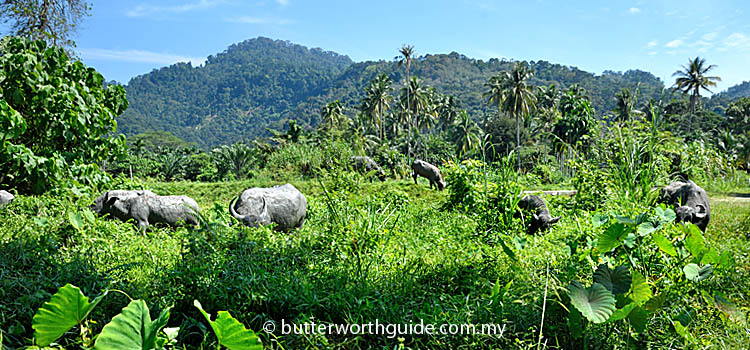
There are also diverse animals that can be spotted roaming the Bukit To’ Kun landscape. There are wild boars and even buffalos – a rare sight in Penang today – as well as the long-tailed macaque and dusky leaf-monkey. The latter is conspicuously identified by its white spectacle-like rims around the eyes. One can also find various insects and reptiles, such as millipedes, geckos, monitor lizards, snakes, dragonflies and moths, around the forest.
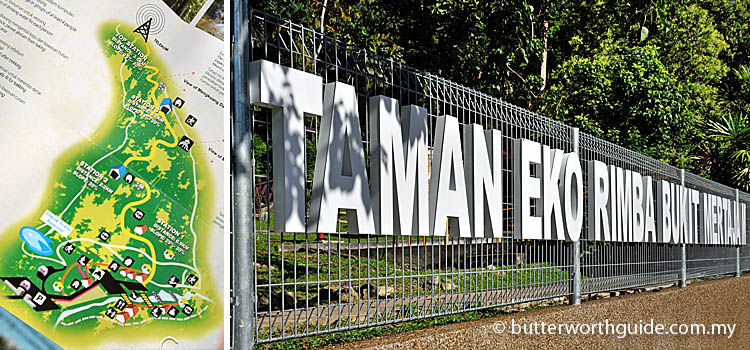
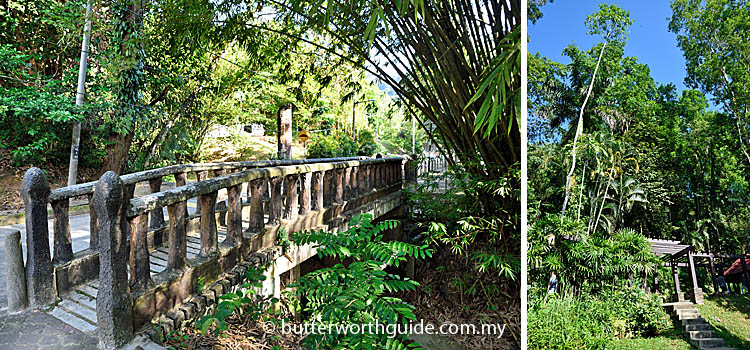
The primary access to the reserve is through a quiet slender thoroughfare called Jalan Kolam which threads away northward from the busy Jalan Kulim main road. At its end is a quaint welcoming timber archway that opens to the recreational park at the base of the hill. Here the Forestry Department has provided facilities for various outdoor leisure activities. There are quiet groves, benches, creeks, walking trails and even a botanic nursery. A 200-metre concrete wheelchair path has also been built through the park for those who may need it.
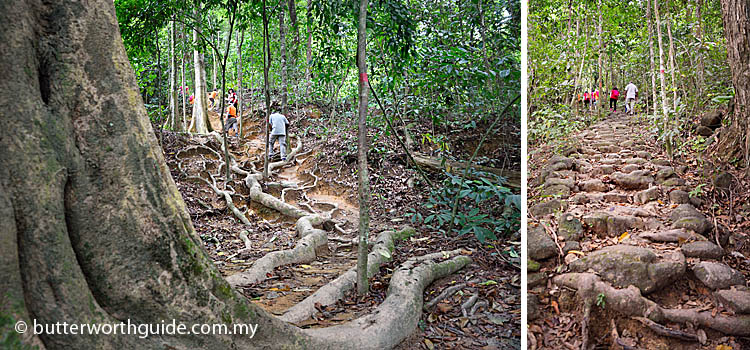
There are basically two ways one can scale to the top of the hill from here. One may hike through well-made trails that cut through the forest foliage, or trek along an open undulating tarred road that winds its way towards a fenced Telekom Malaysia station near the peak. The station famously houses several towering pylons with telecommunications dishes transmitting signals for users miles away in Penang and Kedah.
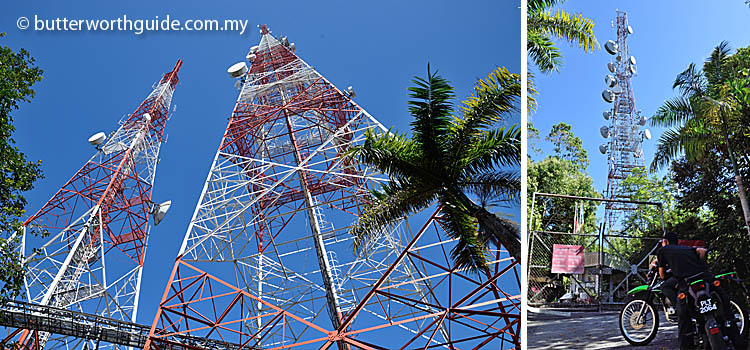
Private vehicles are restricted from using this road which is maintained by Telekom Malaysia. The hike up is challenging because of the steep gradient at an average of 20 degrees and distance of 3.5 kilometres from the foothill. However, there are a few rest stations on the way where tea and free drinks are provided by volunteers, together with makeshift public toilets.
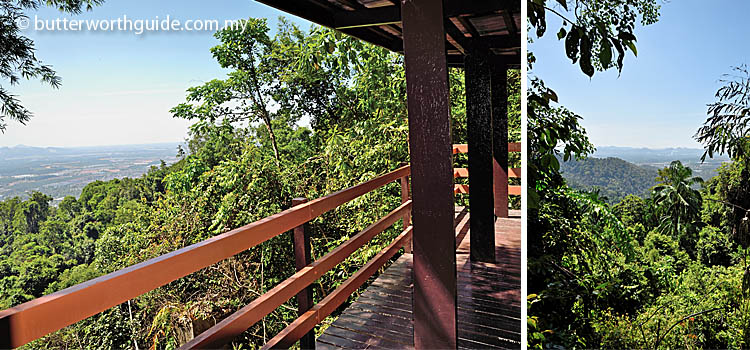
There are also two good observation points along the road, both of which offer spectacular views of the landscape east of Bukit To’ Kun.
Meanwhile, the main trail through the forest proper takes one past an old disused reservoir and through an earthen path that eventually reaches a three-point fork with a sign on a tree that says “Denai Hutan Cherok To’ Kun”.
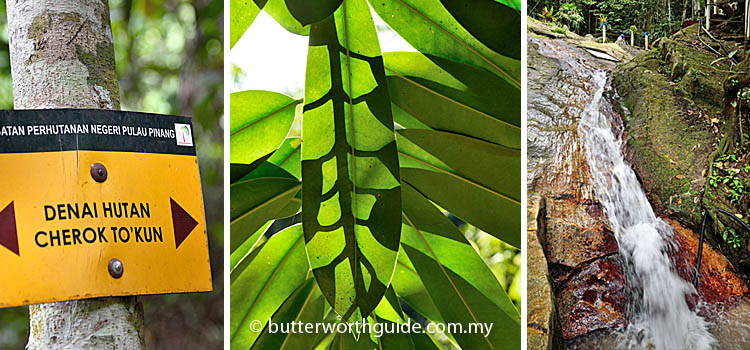
The left takes the trekker around the dam’s periphery and back to the park. Those who choose to turn into the paths on the right find themselves in a trudging ascent that, though tiring, is rewarding in its own right. En route one hears gurgling of brooks, sounds of cicadas and continuous rustling of leaves.
There are a couple of interesting sections along the way with stone steps said to be built by Chinese estate owners of the distant past who had manned orchards and farms before the forest was gazetted as a reserve. Near the top one arrives at a wooden roofed rest area beside a stream that has been named Dragon’s Gate. Hikers can freshen up and cool off here. Some who use this spot frequently are known to hold celebrations here during festive occasions like Christmas and Chinese New Year.
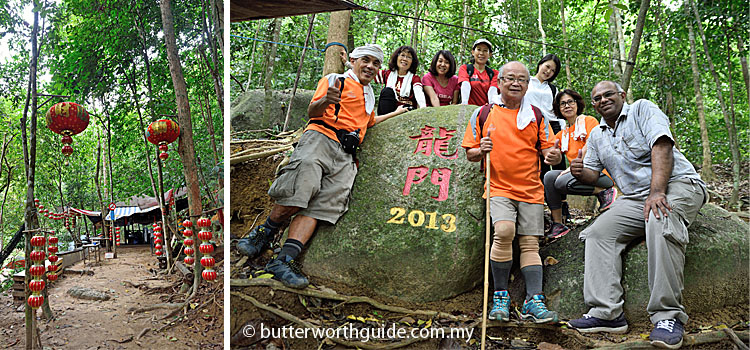
Bukit To’ Kun’s lasting green heritage so close to town offers a lesson to societies, especially those that are experiencing rampant urban sprawl, of why they should preserve environmental assets in their vicinities. In fact, there is much to benefit from “forest bathing”. Communities like, for instance, those in Japan are known to treasure their natural woodlands and streams to provide much needed rejuvenation for the mind and body.
For the people of Bukit Mertajam, this forest is their little haven, a secret blessing from nature that they continue to protect and cherish for the generations to come.
-------------------------------------------
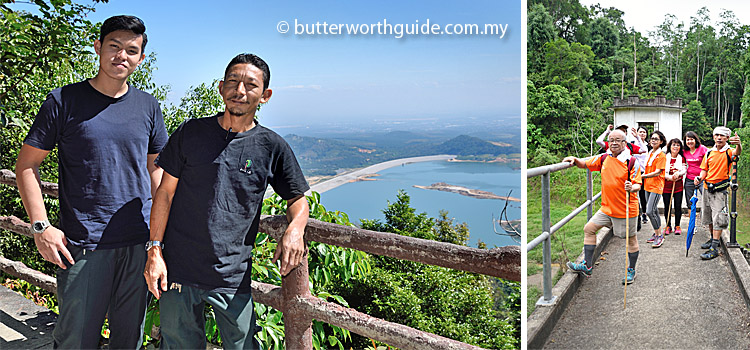
With appreciation to Aswad (left) and Fazol of the Penang Forestry Department (northern and central Seberang Perai office) for expedition assistance in the preparation of this article. Also thanks to Lee Soon (far right) and his band of hiking enthusiasts for their insights on the hiking trails of Bukit Mertajam hill.
-------------------------------------------
Written by Himanshu Bhatt
Photographs © Adrian Cheah
© All rights reserved.